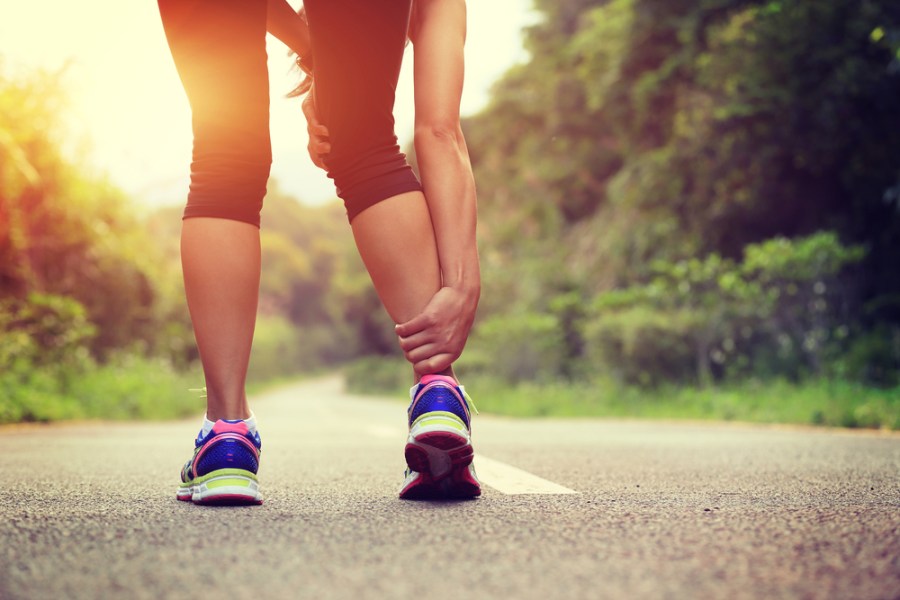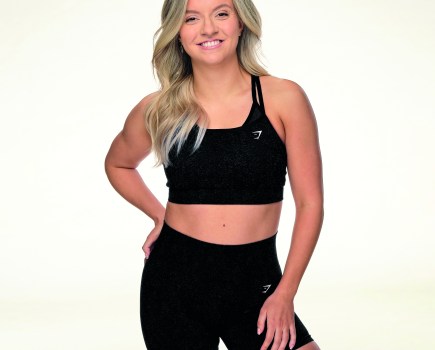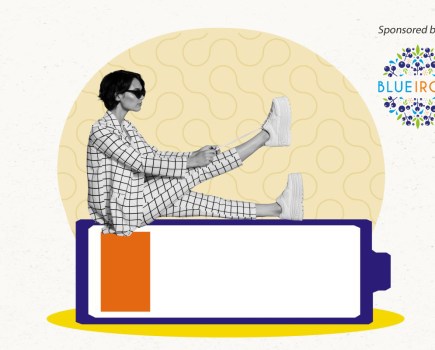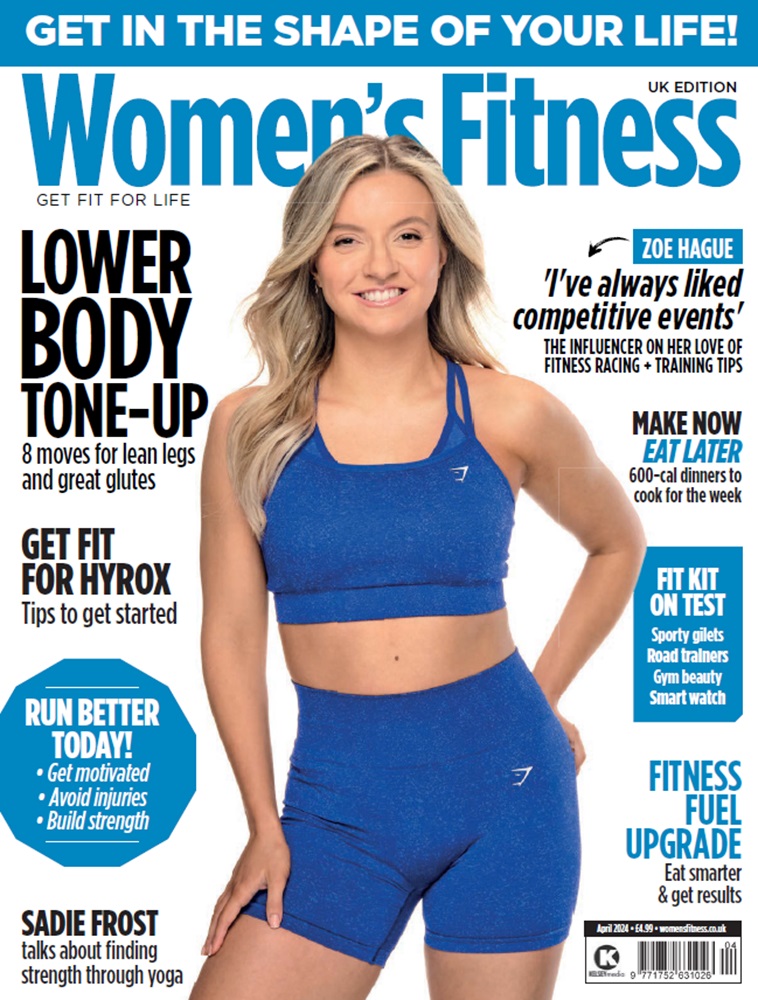Over a quarter of Brits have been exercising more during lockdown, with 7.2m experiencing injuries as a result. Mike Primett, a physiotherapist at Bupa UK has these top tips on avoiding injuries.
With lockdown restrictions beginning to ease and long days and warmer weather, more and more people are looking for ways they can keep fit until the gyms reopen.
From cycling to tennis, rowing to running, recent research from Bupa UK found that during lockdown, 28 per cent of people had upped their usual exercise regimes, with one in five trying something new.
And for many, this is resulting in injury, with 7.2 million Brits getting hurt or injured doing exercise during lockdown.
Mike Primett, physiotherapist at Bupa Health Clinics, says: ‘While it’s great that we’re seeing people take control of their health, we’re also seeing a rise in sports-related injuries as people get a little too eager. These tend to be overuse injuries for people who’ve upped their miles too quickly or doing activities their bodies aren’t used to.’
Mike outlines the most Googled summer sports injuries this year and what you can do to treat them…
Runner’s Knee
This term refers to several injuries, all of which will exhibit pain in and around your kneecap. Thankfully, nearly all of the conditions can be prevented in the same way.
To help prevent runner’s knee, make sure you build up your mileage slowly and that you’ve got the right running shoes. Warming up and cooling down properly when running is essential and should include stretching the muscles around the ankle, knee and hip.
Yoga is a great exercise to combine with running as it stretches and strengthens your muscles.
Despite the name, knee pain isn’t just for runners, it’s common in cyclists too, especially if your seat is too low.
Tennis Elbow
Pain around the outside of the elbow is commonly known as tennis elbow, although it can occur with any sport. It usually occurs because the muscles and tendons in the forearm are being overused.
You can’t necessarily prevent getting tennis elbow, but it is key not to put too much stress on the muscles and tendons surrounding your elbow. It may be that you need to change your technique to do this or reduce the time spent exercising.
You can also get golfer’s elbow which is an injury to the inner tendon and can be caused by striking the ground before your shot, or overusing your forearm muscles to grip, flex, and rotate your wrist and arm when you swing.
Neck pain when cycling
Neck pain can be really common in cyclists due to sitting in an awkward position while out cycling, especially if this is for a long period of time. There are some simple exercises you can do to build strength and prevent against neck pain when riding. These include neck stretches, which you can do by sitting or standing tall, placing a hand on your head and gently pulling your ear to shoulder you should feel the stretch along the other side of your neck. Be sure to keep shoulders relaxed and avoid lifting your shoulder to ear. Hold for 20 seconds, then repeat on other side.
L0ok at the setup of your bike. Raising your handlebars and moving your seat forward are both simple ways to address neck pain when cycling. Additionally, it’s worthwhile speaking to a local bike shop about whether you could fit a shorter stem or make any other equipment adjustments.
Back pain
Back pain is common in lots of different sports, from cycling to tennis and golf. To prevent back pain, it is a good idea to introduce activities that strengthen your back and core. For example, if you’re finding during cycling or running you experience back pain try to introduce some activity with weights into your weekly regime.
Also, make sure you warm up and cool down properly after. This could be going for a brisk walk or doing some stretches, like slowly rotating your upper body each way to engage your back and core.
Rotator cuff pain
If you feel pain or a dull ache in your shoulder, this could be due to an issue with the rotator cuff.
Repeated activity which involves overhead motion, not only in sports but can occur when gardening or painting, can cause injury to the rotator cuff.
To prevent it, make sure you’re properly stretching your shoulders and arms before doing any heavy lifting. You can also strengthen your rotator cuff by doing low resistance exercises and gradually build up to more reps.
If you’ve injured yourself during exercise, there are some things you can do to help reduce swelling, pain and help recovery.
The POLICE method is a great way to help early injury recovery…
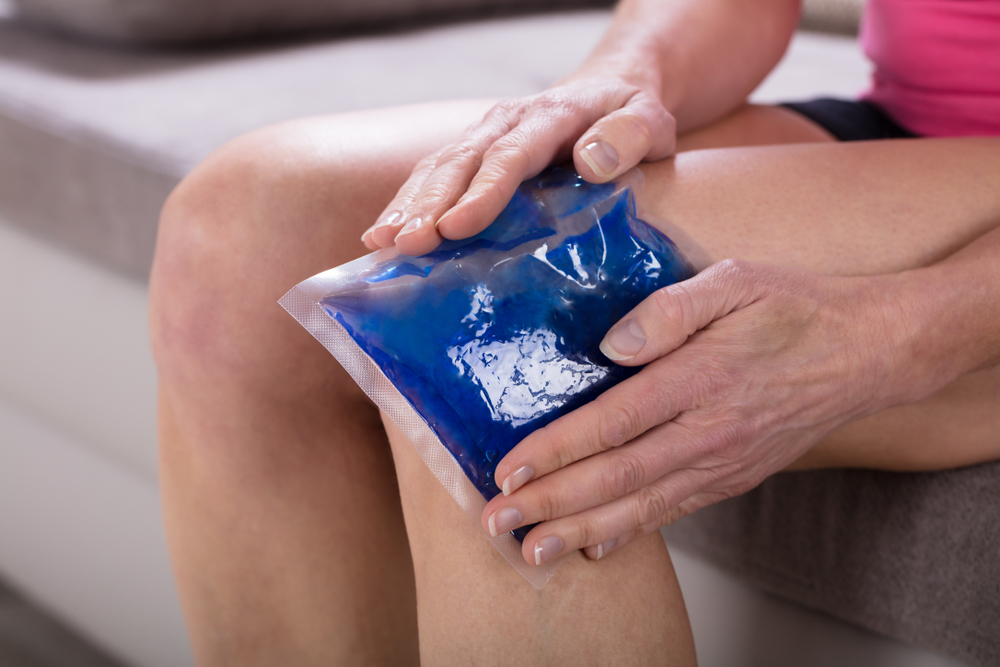
Protect: protect your injury from further damage. Avoid aggravating the injury initially but it’s important to keep moving within comfort levels. Depending on the injury, some form of support or a splint may be helpful.
Optimal Loading: once your injury is starting to heal, reintroduce exercise slowly. Start to put weight on your injury and build up your range of movement. Do this gradually and be guided by what feels manageable.
Ice: place a cold compress such as a bag of ice or frozen peas, wrapped in a towel onto the painful area. Do this for around 20 minutes every couple of hours for the first two to three days.
Compression: compress the injured area using a bandage to help reduce swelling.
Elevation: elevate your injury.
Hold off if you need to
Listen to your body and don’t exercise through pain. If you aren’t feeling completely comfortable or think there’s a reason why you shouldn’t exercise, then don’t. Hold off until you feel ready to get back to it and seek the advice of a physiotherapist.
If your injury is serious, you should seek immediate medical attention.
For physio appointments with Bupa Health Clinics, visit Bupa UK

